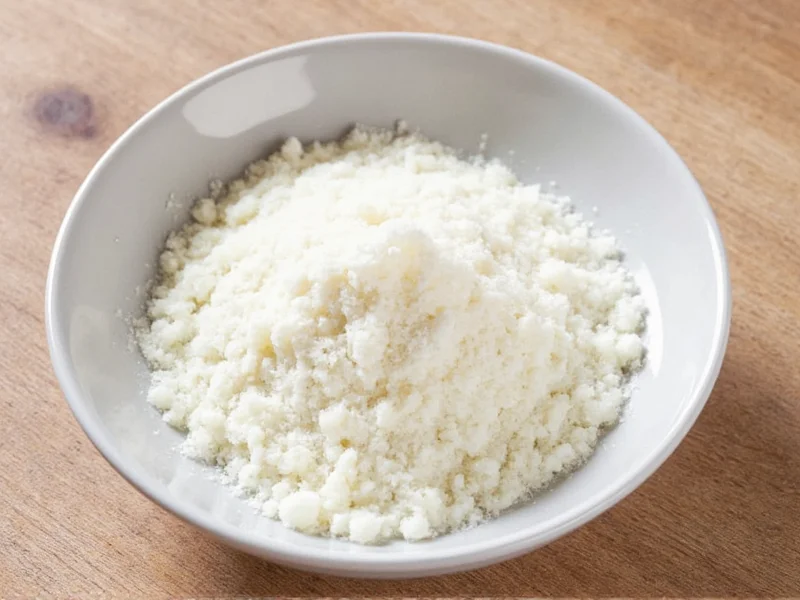When you're in the middle of cooking and realize you're out of fresh onions but have onion powder in your spice cabinet, knowing the proper substitution ratio is essential for maintaining your recipe's intended flavor profile. This practical kitchen conversion allows you to continue cooking without compromising your dish's quality.
Understanding the Onion Powder Conversion Ratio
The standard conversion ratio of 1 medium onion to 1 tablespoon of onion powder isn't arbitrary—it's based on the dehydration process that concentrates onion flavor while removing moisture. Fresh onions are approximately 89% water, which explains why the powdered form requires significantly less volume to achieve comparable flavor intensity.
However, this ratio serves as a starting point rather than an absolute rule. Several factors influence the precise substitution:
- Onion variety (yellow, white, red, sweet)
- Onion size (small, medium, large)
- Recipe type (sauce, soup, dry rub, baked goods)
- Desired flavor intensity
Precise Onion Powder Substitution Measurements
For more accurate substitutions, consider these specific measurements based on onion size:
| Onion Size | Fresh Onion Measurement | Onion Powder Equivalent |
|---|---|---|
| Small | ½ cup chopped (85g) | 1½ teaspoons |
| Medium | 1 cup chopped (160g) | 1 tablespoon (3 teaspoons) |
| Large | 1½ cups chopped (240g) | 1½ tablespoons (4½ teaspoons) |
| Extra Large | 2 cups chopped (320g) | 2 tablespoons (6 teaspoons) |
Accounting for Different Onion Varieties
Not all onions have identical flavor profiles, which affects how much powder you'll need:
- Yellow onions: Most common cooking onion; use standard 1:1 tablespoon ratio
- White onions: Slightly milder; consider using 10-15% more powder
- Red onions: Sweeter and less pungent; use same ratio but expect slightly different flavor notes
- Sweet onions (Vidalia, Walla Walla): Reduce powder by 25% as they're naturally milder
When Onion Powder Substitution Works Best
Understanding when to substitute onion powder for fresh onion prevents disappointing results. This conversion works exceptionally well in:
- Slow-cooked dishes like stews and soups where texture isn't critical
- Dry rubs and spice blends
- Sauces and gravies that will be blended
- Baked goods like savory muffins or breads
- Dry seasoning mixes
For these applications, the onion powder measurement for recipes follows the standard conversion without significant adjustments.
Limited Applications for Onion Powder Substitution
Certain dishes don't translate well with this substitution. Avoid using onion powder instead of fresh onion when:
- Texture matters (salsas, fresh salads, onion rings)
- Raw onion applications (garnishes, fresh pico de gallo)
- Dishes where visual appeal of onion pieces is important
- Recipes specifically designed around fresh onion's moisture content
In these cases, consider alternatives like shallots, leeks, or onion juice rather than forcing the onion powder to fresh onion conversion.
Flavor Considerations and Adjustments
The onion powder vs fresh onion flavor difference is significant enough to warrant attention. Powdered onion lacks the sharp, pungent bite of fresh onions but offers more concentrated savory notes. When substituting:
- Add powder early in cooking for maximum flavor integration
- Consider adding ¼ teaspoon of sugar to mimic fresh onion's natural sweetness
- For dishes requiring onion's moisture, add 1-2 tablespoons of water per tablespoon of powder
- Taste and adjust seasoning after 10-15 minutes of cooking
Remember that using onion powder instead of fresh onion means you're trading texture for convenience and shelf stability. The conversion works best when you prioritize flavor over texture.
Common Mistakes to Avoid
Many home cooks make these errors when attempting the onion powder equivalent to one onion substitution:
- Using too much powder, resulting in overpowering, bitter flavors
- Not accounting for the dish's cooking time (longer cooking requires slightly less powder)
- Substituting in raw applications where fresh onion's texture is essential
- Using old, stale onion powder that has lost potency
- Not adjusting other seasonings to compensate for the flavor difference
For best results with your onion powder substitution in cooking, always start with slightly less than the recommended amount, then adjust to taste after the dish has cooked for at least 10 minutes.
Practical Kitchen Tips
When implementing this how to substitute onion powder for fresh onion technique:
- Store onion powder in an airtight container away from light and heat
- Test powder freshness by rubbing a small amount between fingers—if aroma is weak, replace it
- For complex dishes, consider using a combination of onion powder and a small amount of fresh onion
- When substituting in baking, reduce other liquids by 1-2 tablespoons per tablespoon of powder
- For soups and stews, add powder when sautéing other aromatics for best flavor development











 浙公网安备
33010002000092号
浙公网安备
33010002000092号 浙B2-20120091-4
浙B2-20120091-4